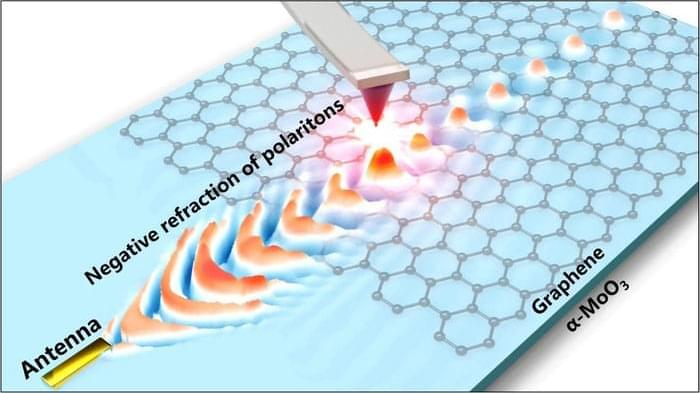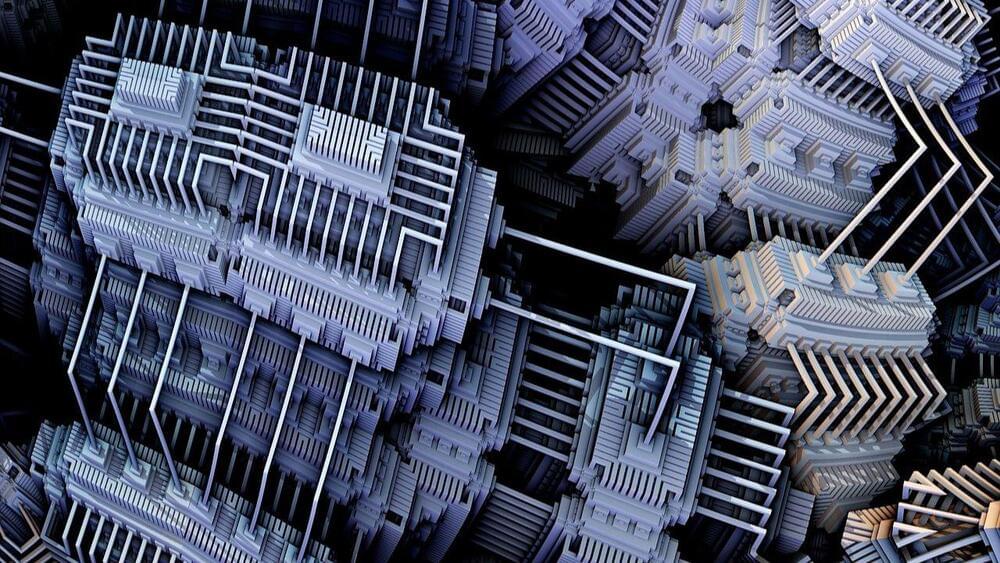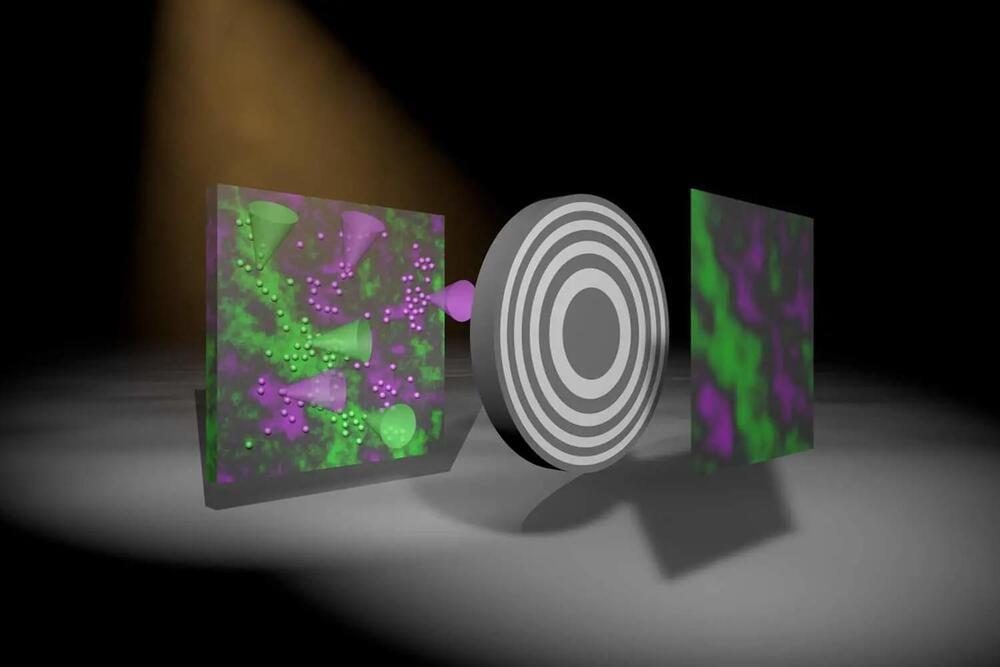Feb 15, 2023
How a graphene-nanowire ‘sandwich’ is transforming electronics
Posted by Dan Breeden in categories: computing, engineering, nanotechnology
As devices get smaller and more powerful, the risk of them overheating and burning out increases substantially. Despite advancements in cooling solutions, the interface between an electronic chip and its cooling system has remained a barrier for thermal transport due to the materials’ intrinsic roughness.
Material after graphene coating. (Image: CMU)
Sheng Shen, a professor of mechanical engineering Opens in new window, has fabricated a flexible, powerful, and highly-reliable material to efficiently fill the gap (ACS Nano, “3D Graphene-Nanowire “Sandwich” Thermal Interface with Ultralow Resistance and Stiffness”).

















